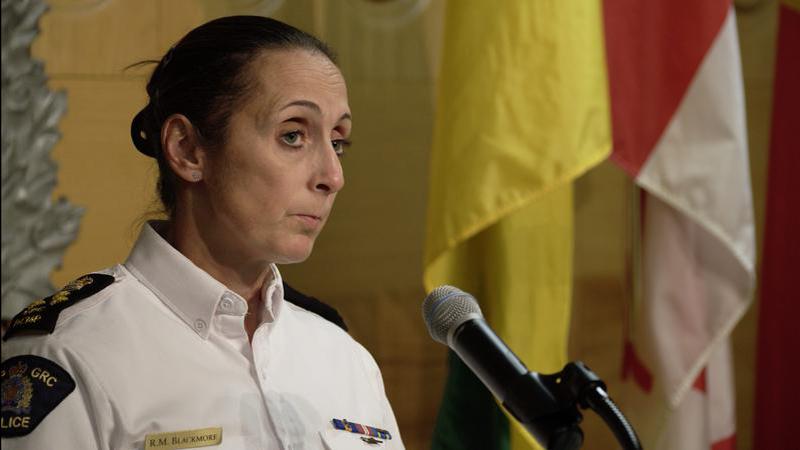
Saskatchewan RCMP overhauls existing incident command structure after James Smith Cree Nation stabbings
Shortly before a mass stabbing on the James Smith Cree Nation, the commanding officer of the Saskatchewan RCMP Rhonda Blackmore conducted a tabletop exercise with her team that she says was ‘eerily similar’ to the one her members experienced in real life.
Her members practiced an active shooter scenario that included mass casualties. The enactment included ‘injects’ or events that could complicate or derail an investigator’s plan.
One of the thoughts to cross the assistant commissioner’s mind during the exercise was if the existing RCMP command structure was the most effective for a mass casualty. And when that incident came to pass three weeks after the exercise, it wasn’t, according to an internal RCMP report.
READ MORE: RCMP report reveals police actions, recommendations after James Smith Cree Nation, Weldon murders


